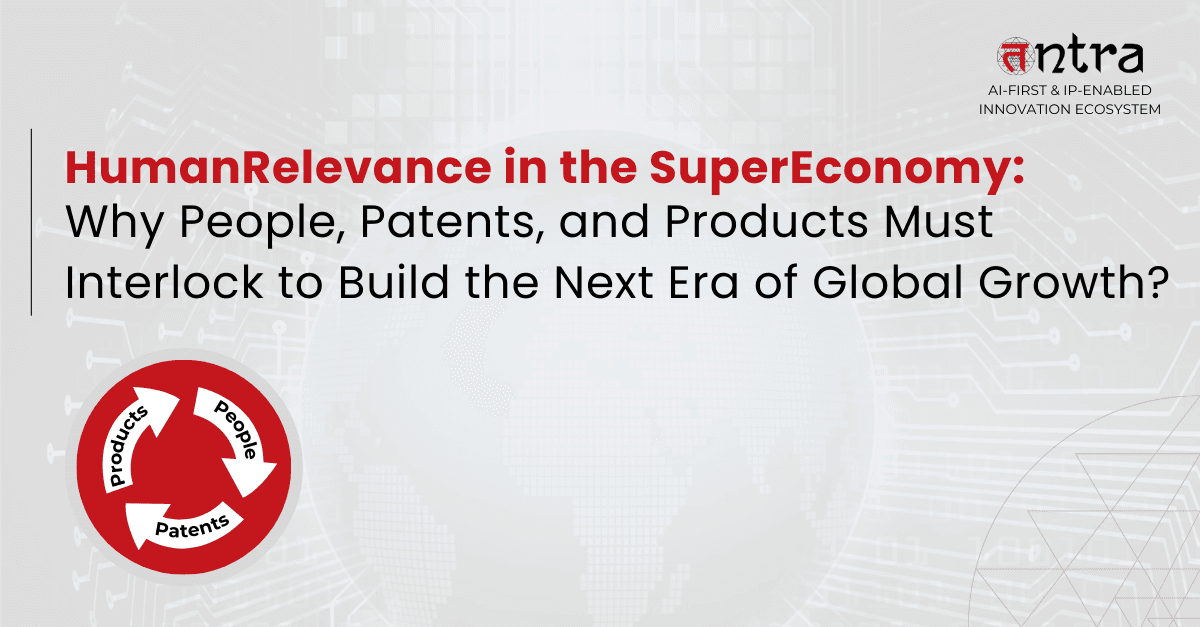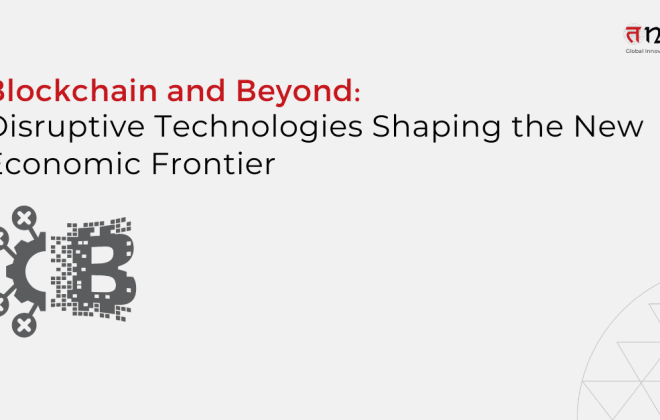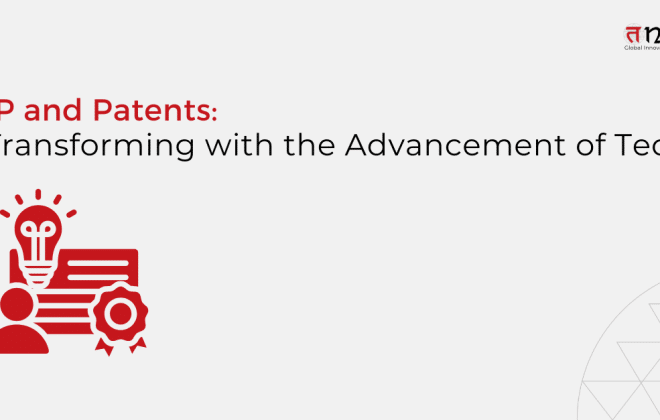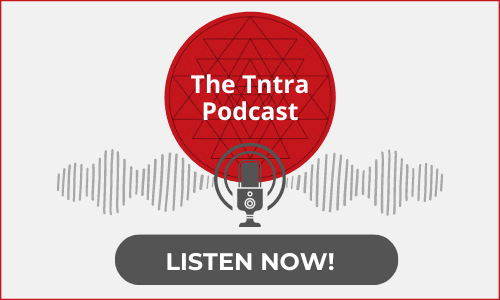
HumanRelevance in the SuperEconomy: Why People, Patents, and Products Must Interlock to Build the Next Era of Global Growth?
Table of Contents
ToggleINNOVATION · SUPER ECONOMY · HUMAN CAPACITY
Innovation has always moved humanity forward.
But if you look closely today, you’ll see a system struggling under its own contradictions — hyper-productive yet wasteful, technologically advanced yet emotionally disconnected, globally networked yet locally inequitable.
We are innovating faster than ever.
And yet, progress feels uneven.
Chaotic. Exclusionary. Unsustainable.
The uncomfortable truth is this:
technology alone does not create progress. Relevance does.
And as the SuperEconomy rises — an era defined by intellectual property, AI-first platforms, and lifelong learning — HumanRelevance becomes the binding principle that determines whether innovation compounds or collapses.
If Dan Phelps’ article mapped what the SuperEconomy is, this one explains why it must be human-first to survive.
The Missing Layer in Today’s Innovation: HumanRelevance
We have engineered extraordinary systems for generating ideas.
We have built fast-moving machines for deploying products.
We have created entire industries around filing patents and innovation ecosystem.
But we have missed one essential question:
Who does this matter to — and why now?
Today’s innovation suffers from three fractures:
- Ideas without anchors — clever but irrelevant.
- Products without adoption — built fast, abandoned faster.
- People without agency — trapped below the API, fearing irrelevance.
We celebrate speed over substance.
We glorify hustle over discernment.
We mistake noise for signal.
The SuperEconomy can’t thrive on these foundations.
It needs an architecture built around relevance — designed, not assumed.
HumanRelevance: The Connective Tissue of the SuperEconomy Flywhee
If the industrial economy ran on machines,
and the information economy ran on data,
the SuperEconomy runs on People, Patents, and Products (3P) — tightly linked through HumanRelevance.
This is the new flywheel:
- Patents → encode relevance into defensible structures.
- Products → translate relevance into everyday value.
- People → sustain and scale relevance through learning and creation.
Disconnection leads to decay.
Connection creates compounding growth.
HumanRelevance transforms 3P from parallel activities into a mutually reinforcing ecosystem — the foundation of every SuperEconomy.
Why HumanRelevance Must Be Designed, Not Assumed
The transition into a SuperEconomy cannot be accidental.
It must be conscious, intentional, structured.
And that begins with redefining how we think about the role of people in the innovation lifecycle.
This is where the Tntra Dictionary comes in — a living lexicon that encodes the mindset required for human-first innovation.
The Tntra Lexicon of HumanRelevance
A Living Language for Designing the SuperEconomy
Innovation in the SuperEconomy will not be driven by slogans or borrowed lexicons.
It will be built on a set of first principles that define how ideas are generated, validated, protected, and brought to life in ways that matter.
This is Tntra’s own vocabulary — the conceptual scaffolding that underpins human-first innovation.
1. Creative Capacity
Human imagination, judgment, insight, and intuition are the raw materials of the SuperEconomy.
Creative capacity — distributed across teams, communities, and ecosystems — is the ultimate differentiator.
Tulip, Shruti, and Gurukula exist to grow this capacity continuously.
2. Role Integrity
Every role — strategist, engineer, analyst, designer, operator — contributes to ecosystem resilience.
The SuperEconomy does not have “back office” or “edge contributors”; it has interdependent value nodes.
Role integrity ensures relevance is not centralized, but distributed.
3. Judgment as Strategy
In an age overflowing with ideas, data, and AI-generated pathways, the rare skill is judgment — knowing what to build, what not to build, and what deserves to become protected IP.
Judgment connects vision to defensibility, and defensibility to long-term value.
4. Lifelong Relevance
In the AI-driven economy, the risk is not job loss — it is relevance loss.
Gurukula ensures that individuals, teams, and entire organizations remain continuously adaptive, capable of playing new roles as technology evolves.
Lifelong learning is not a benefit. It is a structural requirement.
5. Rhythmic Work Systems
Sustained innovation depends on rhythm: cycles of intensity, reflection, calibration, and renewal.
Human capacity thrives when work systems respect energy, not just output.
This is how ecosystems avoid burnout and maintain long-term momentum.
6. Constructive Skepticism
Innovation requires optimism, but resilience requires skepticism.
The ability to question assumptions, test boundaries, and anticipate failure modes is essential to designing systems that survive and scale.
Constructive skepticism strengthens every layer of the SuperEconomy.
7. Impact Signalling
In the SuperEconomy, the signal is not noise, effort, or optics — the signal is outcome.
Patents filed.
Products adopted.
Communities trained.
Ecosystems built.
Impact signalling becomes the governance mechanism of progress.
8. Above-the-Horizon Work
As AI automates tasks, the real opportunity lies in designing new value layers, new protocols, new ecosystems.
Above-the-horizon work ensures humans operate where creativity, insight, and systems thinking are irreplaceable.
Innovation moves upward, not inward.
9. Ownership at the Edge
Innovation becomes exponential when people closest to the problem have the autonomy to solve it.
Ownership at the edge enables micro-foundership — individuals and teams acting as entrepreneurs within the system.
This fuels velocity, resilience, and distributed creativity.
10. Ecosystemic Acceleration
The SuperEconomy is not a market; it is a living ecosystem.
People, Products, and Patents interact like biological systems — compounding, reinforcing, evolving.
Ecosystemic acceleration is the final expression of HumanRelevance:
growth that is equitable, defensible, adaptive, and deeply human.
Where This Lexicon Lives: The Tntra Incubator
The Room Where HumanRelevance Is Designed.
The Incubator is the physical and intellectual space where these principles come alive.
It is not an idea factory — it is the decision architecture of the SuperEconomy.
This mirrors insights from HBR on how organizations strengthen innovation outcomes by using staged investment decisions, transparent priority updates, and dynamic resource allocation — ensuring that only initiatives with proven relevance continue receiving support.
Inside the Incubator:
- Creative capacity is exercised deliberately.
- Judgment filters which ideas deserve protection, investment, or scale.
- Lifelong relevance becomes visible as people shift roles, perspectives, and responsibilities.
- Rhythmic work patterns keep innovation healthy and sustainable.
- Constructive skepticism shapes resilient products and defensible IP.
- Impact signalling becomes the scorecard of progress.
- Ownership at the edge drives velocity.
- Ecosystemic thinking ensures every decision compounds across People, Products, and Patents.
Most importantly:
The Incubator is where humans — not algorithms — shape the direction of the enterprise.
It is where relevance is protected.
Where ideas are contextualized.
Where ecosystems are designed consciously, not accidentally.
It is the room where the future is curated.
Where HumanRelevance is Engineered: The Tntra Incubator
A SuperEconomy cannot function on accidental innovation.
It demands deliberate architecture — systems that ensure ideas become relevant, defensible, and human-centered.
This is the purpose of Tntra’s Incubator.
The Incubator is not an idea factory.
It is a governance arena — where innovation is curated, shaped, challenged, stress-tested, and aligned.
Inside the Incubator:
- Ideas are evaluated not by algorithms, but by humans with taste, context, and creative capacity.
- Risks are surfaced — market, compliance, IP, ecosystem — to ensure innovation is responsible and sustainable.
- Products are shaped deliberately — refined, contextualized, made life-centered.
- People become micro-founders — owners of relevance, not passengers in the system.
In an AI-saturated world, the Incubator ensures humanity stays at the helm.
It protects the one question that defines the SuperEconomy:
Does this make life better — and for whom? This is how HumanRelevance is preserved.
This is how innovation becomes civilization, not chaos.
This is how SuperEconomies are built consciously — not stumbled into.
Building the Human-First SuperEconomy
To extend Dan’s thesis:
Ideas become raw material. IP becomes scaffolding. Human capacity becomes the defining advantage.
HumanRelevance operationalizes them:
- Patents → Relevance Protocols
Codified blueprints of meaningful human problems, solved at scale. - Products → Life-Centered Systems
Technology that improves ecosystems — not just markets. - People → Engines of Compounding Value
Not resources. Value nodes. Learning, creating, amplifying.
This is not a framework.
It is the architecture of the next 50 years.
Final Thought
The next era of progress will not be powered only by AI, IP, or automation.
It will be powered by HumanRelevance — embedded into People, into Products, into Patents, and into the Incubators where ideas become the next generation of value.
Because innovation without relevance is noise.
But innovation with relevance is civilization.
The future is not just machine-accelerated.
It is human-amplified.
Related Blogs
The Super Economy: Why the Next Arms Race will be Fought with Ideas and AI
The AI Land Rush Has Begun — How to Be a Landlord, Not a Tenant in the AI Super Economy
Beyond Software Factories: Building the SuperEconomy of Agents and Ideas
For the Video Podcast: Watch the full episode here.





